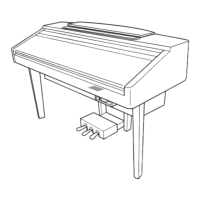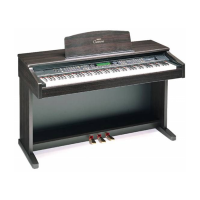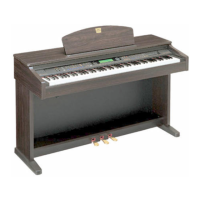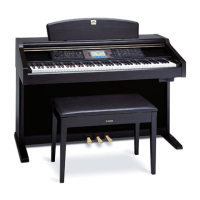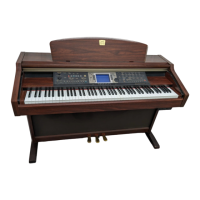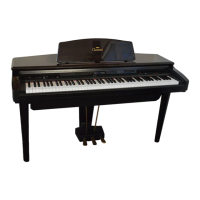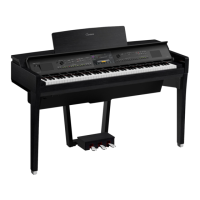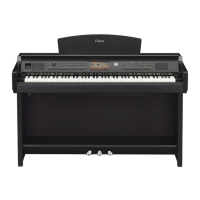Why is the overall volume low on my Yamaha Clavinova CVP-208, or why is no sound heard?
- MMichael RossAug 23, 2025
The overall volume might be low because the Master Volume is set too low. Adjust it to an appropriate level using the [MASTER VOLUME] dial. Also, the volume of individual parts may be set too low. Raise the volume of MAIN, LAYER, LEFT, STYLE, and SONG in the BALANCE display. Ensure the desired channel is set to ON and that the speaker setting is ON. If headphones are connected, unplug them, as they disable the speaker output. Finally, make sure the Local Control function is set to ON.
